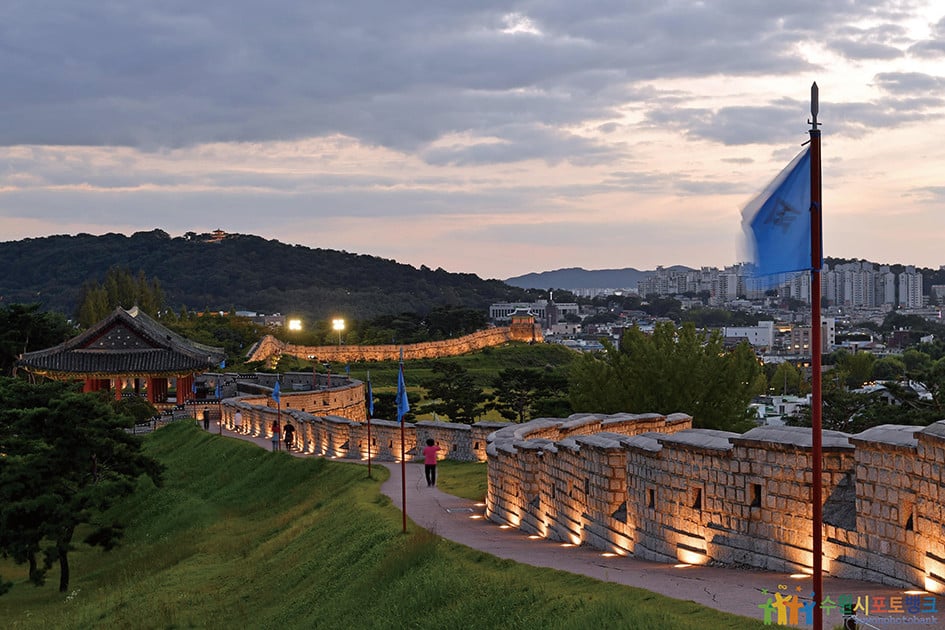Introduction to Suwon Hwaseong Fortress
Suwon Hwaseong Fortress, a remarkable feat of engineering, dates back to the reign of King Jeongjo of the Joseon Dynasty. Built utilizing the cutting-edge technology and knowledge of that era, the fortress exemplifies the pinnacle of Korean fortress construction. Its strategic design and historical significance have made it a focal point for visitors and researchers alike.
A UNESCO World Heritage Site
This historic site was designated in 1963 and gained further recognition when it was inscribed as a UNESCO World Heritage site in 1997. The fortress is not merely a beautiful structure; it embodies the cultural and historical narratives of Korea, telling stories of past fortifications and royal ambitions. The meticulous construction records associated with Hwaseong Fortress have played a crucial role in its restoration, allowing for an authentic glimpse into the past.

Contributions to Historical Preservation
The construction records of Hwaseong Fortress extend beyond mere blueprints; they represent a significant part of Korea’s heritage. Recognized as a UNESCO ‘Memory of the World’, these documents ensure that the historical context of the fortress is preserved for future generations. Visitors to Suwon can experience firsthand the architectural ingenuity of the time, showcasing traditional methods alongside advanced engineering techniques.
